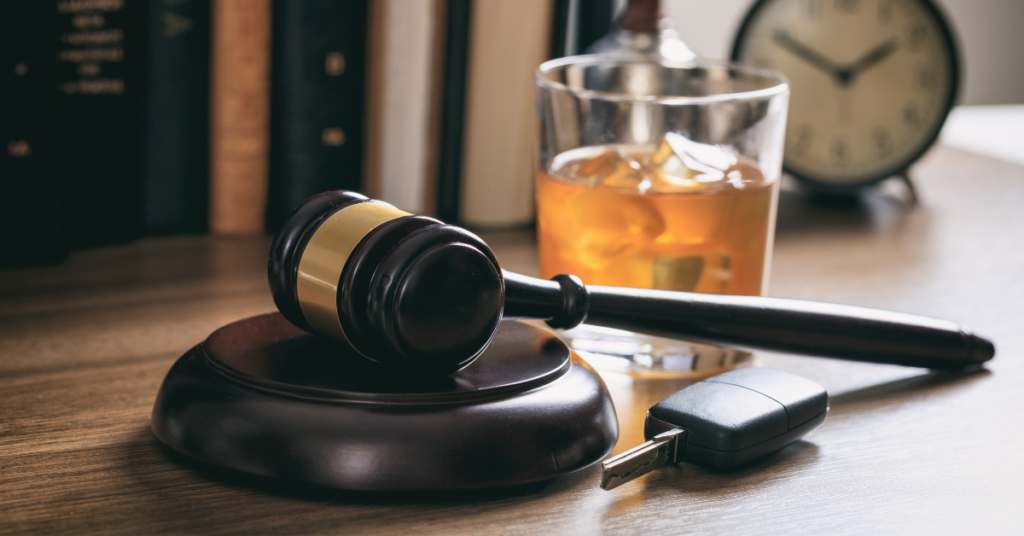Prevention of drunk driving accidents is difficult because many people repeatedly drive drunk and are not stopped by law enforcement. Mothers Against Drunk Driving reports that the average person who drives while impaired will take 80 trips in the car under the influence of alcohol before being caught and charged with a DUI. Some people repeatedly drive drunk because of an alcohol problem, while others simply become more and more confident each time they get away with the behavior and will continue to drive impaired until they are arrested or until they hurt themselves or someone else.
If you or a loved one is involved in a collision caused by a drunk driver, you have the right to pursue a damage claim and try to obtain compensation for your losses. While an injury attorney can help you pursue monetary damages, nothing can bring back a loved one killed by a drunk driver or restore your health if you suffer permanent injuries. Preventing accidents is always preferred, and researchers in Poland are currently working on a new technology that could make it much easier for law enforcement officers to effectively police drunk driving.
A Drunk Driver’s Worst Nightmare
The technology being developed at the Military University of Technology in Warsaw has been called a “drunk driver’s worst nightmare” by The Huffington Post.
Researchers are looking into whether a device can detect changes in a laser beam that occur when the beam is exposed to alcohol vapor. A person who has consumed alcoholic beverages exhales alcohol vapor when breathing out. When a laser hits this vapor, the beam of light changes. The new device will detect this change and, ideally, alert law enforcement that someone in the car may be intoxicated.
Of course, there are some obvious shortcomings with this device. The big problem is that a passenger in the car may be the one exhaling the alcohol vapors, rather than the driver. Drivers could also potentially render the laser device inoperable by keeping the car window open or installing a solar shield to deflect the laser beam. However, if a car does have a solar shield or the windows are down on a cold night, this could send up red flags to police.
If drawbacks to the device can be overcome, police may one day be able to use the new device to detect drunk drivers in the way that they currently use radar guns to identify people who are breaking the speed limit. If so, many drunk driving accidents could potentially be prevented because intoxicated motorists could be stopped before they hurt someone.
Researchers have tested the device and found that it was able to detect alcohol vapors when pointed at a passing car that was up to 20 meters away. This means that the device can work, if police can find a way to use it effectively and without violating Constitutional protections.
Unfortunately, until more is done to keep drunk drivers off the roads, accidents will still continue to occur. If you or a loved one is a victim, contact an experienced drunk driving accident lawyer for help pursuing a damage claim.


